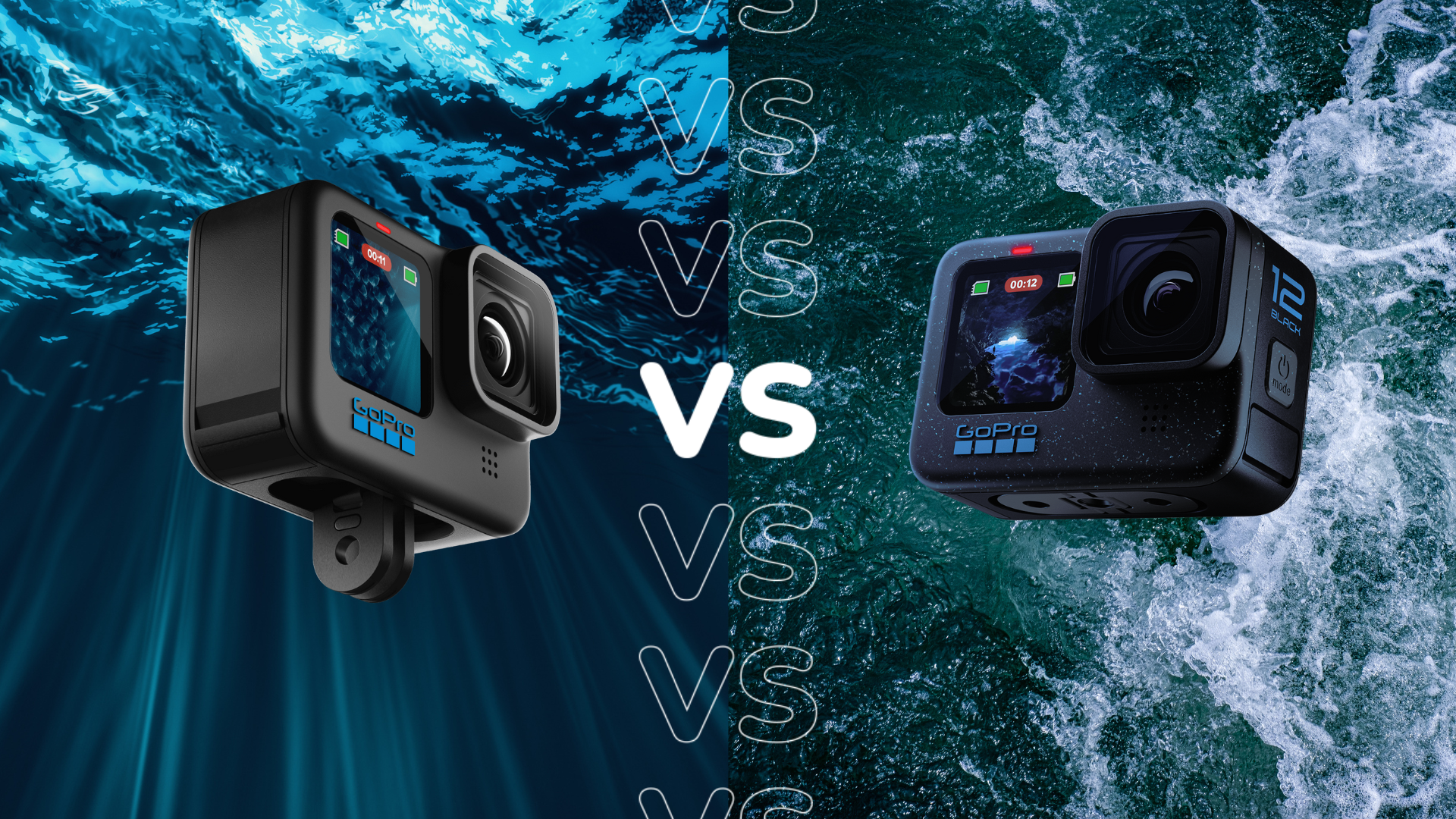Samsung Galaxy A35 5G vs Samsung Galaxy A15 5G: Which is best?

Samsung’s iconic S Series may grab more headlines, but there’s plenty to love about the more budget-friendly A range too. But which is the best Galaxy A-Series phone to buy?
The Samsung Galaxy A35 5G and Samsung Galaxy A15 both launched recently, with the former hitting stores in March 2024, and the latter in December 2023.
Despite the close proximity in terms of release date, there are a few major differences between the two phones. So if you’re struggling to decide between them, keep on reading for our full comparison guide.
Galaxy A15 5G is more affordable
Both phones are in budget-buy territory, yet there’s actually more than £100 separating them. The Samsung Galaxy A15 5G is the most affordable out of the two, coming in at just £199.
Meanwhile, the newer Samsung Galaxy A35 5G is slightly more expensive, with a starting price of £339. That should come as a surprise, as the Galaxy A30 series has historically been slightly more expensive, and it has the specs to back that up too…
Galaxy A35 5G is powered by Exynos 1380
The choice of chipset is one of the most notable differences between the two Samsung phones. The Galaxy A35 5G is powered by Exynos 1380, while the Samsung Galaxy A15 uses the MediaTek Helio G99 chip instead.
Those names likely mean very little if you’re not a mobile chip connoisseur. However, digging into the specs shows that the Eynos is likely to be the more powerful option. Both processors have an octa-core setup, but the Eynos has 4 cores that can reach a peak frequency of 2.4GHz – the fastest core on the MediaTek is limited to 2.2GHz.
We won’t know the extent of the performance gap until we’re able to test both phones, but it should come as no surprise that the Samsung Galaxy A35 5G should be faster given its higher price.
Galaxy A35 5G can shoot 4K video
Both smartphones have a rear three-sensor setup, with relatively similar megapixel counts for the main, ultrawide and macro cameras. However, there are still some major differences here.
First up, the Samsung Galaxy A35 5G is capable of shooting 4K video at 30fps, or if you prefer, up to 60fps at a 1080p resolution. In comparison, the Samsung Galaxy A15 5G is only able to record video in 1080p at 30fps, reducing the overall quality of recorded video quality.
The Samsung Galaxy A35 5G is also equipped with optical image stabilisation (OIS) and video digital image stabilisation (VDIS) to ensure the cameras stay steady when holding your phone for smooth capture. The Samsung Galaxy A15 5G lacks any of this stabilisation technology, and so is more prone to capturing shaky photos and videos.
Samsung Galaxy A15 5G has no water-resistance
Considering both phones occupy budget territory, it’s hard to be too displeased that they use a plastic design rather than the metal builds you get with more premium phones. However, those with clumsy hands should be aware that the Samsung Galaxy A15 5G lacks any kind of water-resistance, which could prove problematic.
The Samsung Galaxy A35 5G fares a little better in this department, with an official IP67 rating ensuring it can withstand an underwater dunking (up to 1000mm deep) for up to 30 minutes. It also boasts protection against airborne materials and windblown dirt.
Those who like under display fingerprint sensors will be pleased to find one on the Samsung Galaxy A35 5G too. As for the Samsung Galaxy A15 5G, the fingerprint sensor is found on a side-mounted button instead.







